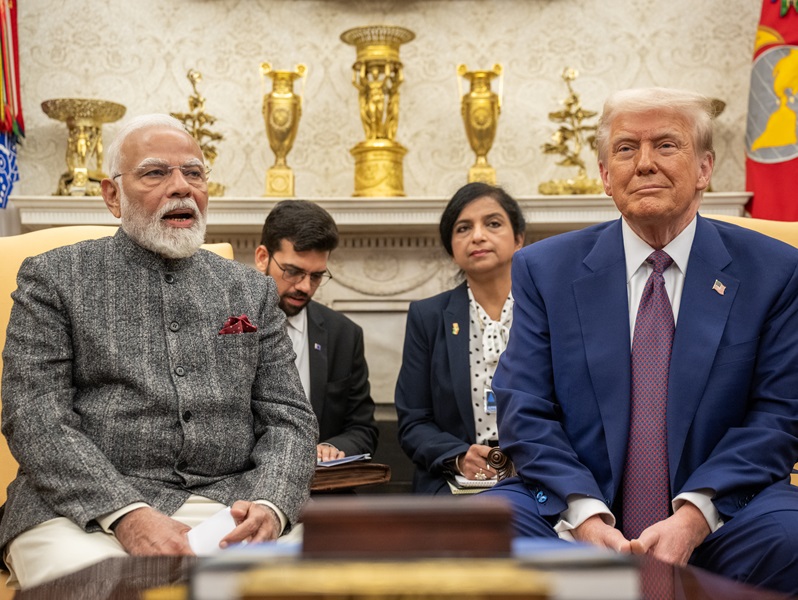.png)

Dhananjay Sinha, CEO and Co-Head of Institutional Equities at Systematix Group, has over 25 years of experience in macroeconomics, strategy, and equity research. A prolific writer, Dhananjay is known for his data-driven views on markets, sectors, and cycles.
September 4, 2025 at 3:26 AM IST
India’s 56th GST Council meeting on September 3 marked the most far-reaching reform since the tax’s launch in 2017. Branded GST 2.0, the reset aims to ease household tax burdens and stimulate demand by cutting rates on essentials while pushing up levies on luxury and sin goods. The shift reflects a post-election change in priorities: household livelihoods now take precedence over the supply-side incentives that dominated the past six years without triggering private investment or durable job creation, but leaving behind unprecedented public debt.
The consumption stimulus comes with trade-offs. By reducing taxes on essentials and raising them on non-essentials, the government is attempting to lower the historically high tax incidence on households, driven largely by GST. With consumption accounting for nearly 60% of GDP, policymakers are banking on disposable-income gains to create a multiplier effect on growth.
Winners and Losers
The losers are sin and luxury goods. Pan masala, tobacco products and caffeinated beverages have jumped to 40% from 28%. Coal has risen from 5% to 18%, pushing up energy costs. Non-economy air travel is up to 18% from 12%, while government and offshore works contracts climb to 18% from 12%. Casinos, betting and online gaming are taxed at 40%.
Services see parallel shifts. Hotel rooms below ₹7,500 per night drop to 5% without input-tax credit. Job work in pharma, printing, leather and textiles is down to 5%. Beauty and wellness services fall to 5% without credit. By contrast, gambling services now face a 40% levy.
Relief and Risks
For households, insurance policies are exempted. Items such as toothbrushes, toothpaste, sanitary napkins, candles and feeding bottles now attract 5%. A broad set of medicines and diagnostic tests fall to 5% or nil. The auto sector benefits from lower GST on small cars, two-wheelers and tractor parts.
Macroeconomic implications are mixed. Lower rates on essentials could revive rural demand and support GDP via consumption. Simplified structures may boost compliance and expand the tax base. Yet revenue losses of ₹1.4 trillion–₹1.6 trillion a year loom, particularly after the GST compensation cess expires in March 2026. Policymakers may need to rationalise corporate-tax exemptions, accelerate PSU asset sales, rebalance spending and raise taxes on high-income groups.
The redemption of ₹1.85 trillion in COVID-era bonds by April 2026 coincides with termination of GST compensation cess. This mean revenue loss of GST rationalisation will be real. Thus, avoiding abrupt cuts to infrastructure spending are part of the balancing act. The government may consider other tax measures to compensate the tax loss, as part of the fiscal balancing act. Automation of pre-filled returns, expedited refunds and MSME formalisation are meant to strengthen compliance, while anti-profiteering enforcement will ensure pass-through to consumers.
Markets have already partly priced in the pro-consumption tilt. Sectors such as staples, autos and agrochemicals stand to gain. But energy costs, inflationary pressures and fiscal risks could limit the space for further monetary easing. Capital may shift from financials and infrastructure to consumption-led plays. Formal players could benefit as unorganised competitors struggle with stricter enforcement.
The proposed GST reforms mark the most consequential reset since the 2017 rollout, triggered in the wake of the looming threat from US tariff escalation on Indian goods. It clearly intends to reduce household tax burdens, stimulate consumption, and eventually hope to stimulate private investment.



